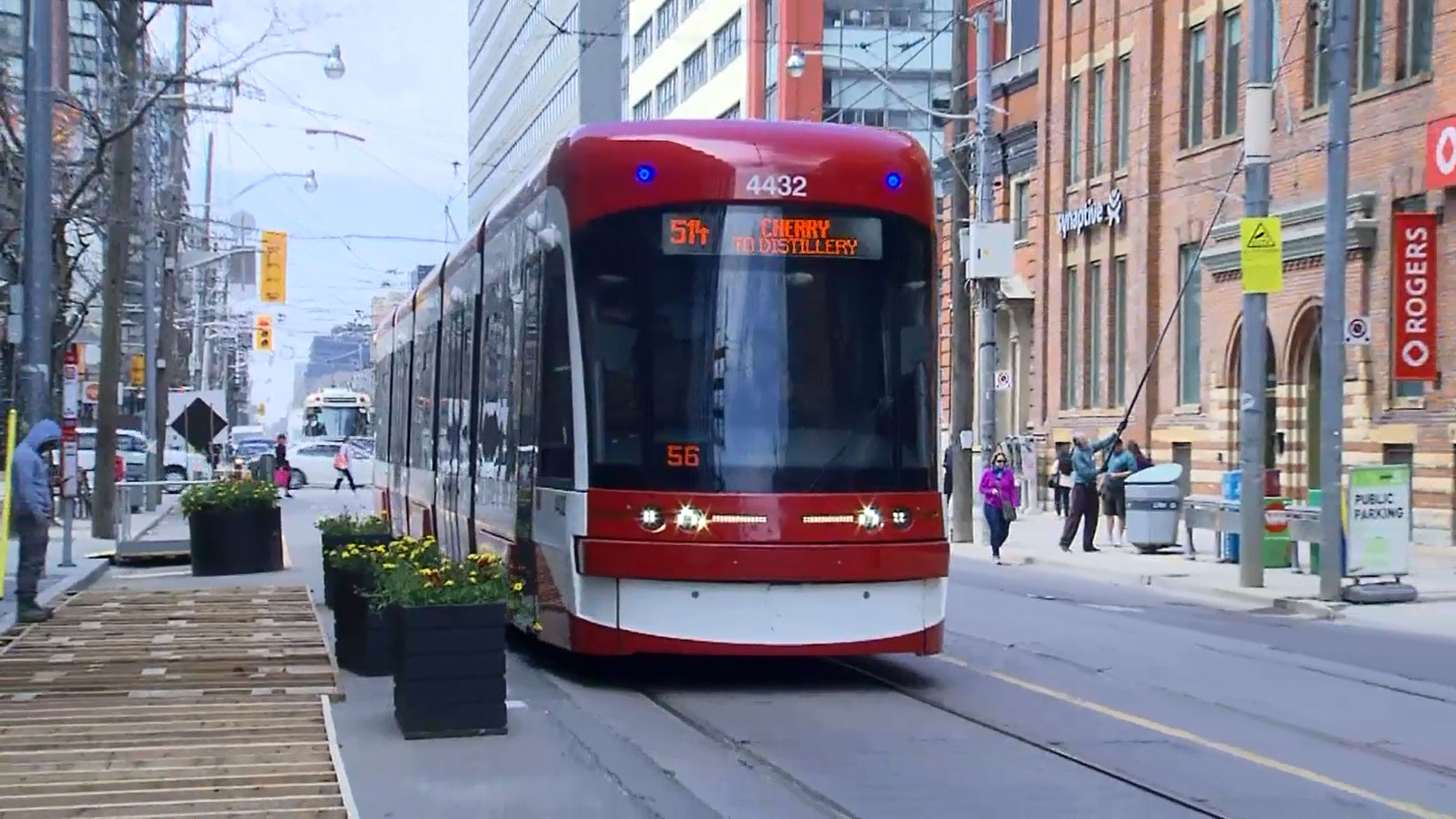wa
Transit is now the number one issue for voters:
With less than a month to go before the municipal election, two new polls find that transit appears to be the main issue among voters.

toronto.citynews.ca
Politicians can't ignore it. Look how much transit is being built not just in Toronto but the GTA and even in Toronto. Compare this to the 80s and 90s. Transit is now the number one issue for both citizens and the politicians which is why we have so many changing plans because politicians know they can use it as a hot bottom issue. No politician can afford to ignore transit.
Transit was ignored for many years and we did not build to keep up growth. Now the population has grown and due to not investing in the past, we have a long list of transit which needs to be built. The Ontario Line may have been planned 108 years ago but even up until 2009 it was not on anybody's radar both at the citizen level and at the political level. It was only recently that even the TTC started to focus on the relief line,
Look I don't like Doug Ford but I will take the Ontario Line over the Relief Line any day. It is a longer line and extends westward as well as northerly to reach the Eglinton Crosstown. It is also cheaper. It is elevated in large parts of the line which is needed in this city. Building everything underground is one of the reasons the subway hasn't been able to be expanded and this is one of the main weaknesses with the Relief Line. It is evident that city of Toronto, TTC are biased against elevated rail. They would rather tunnel everywhere or put transit on the street instead of looking at anything in between. Look at some of the nonsensical reasons they gave for not elevating the Eglinton West extension. Elevated transit is what we should be building in the suburbs. It will help us to expand the system faster instead of tunneling to places like Vaughan. The
The Relief may have more capacity but it was a shorter line and even though the Relief Line North was being planned, there was no guarantee that it would be built anytime soon. There are many examples of transit lines being cut short and the possible future extensions fallen of the radar from Finch LRT, to both the eastern and western extensions of Eglinton LRT, Sheppard subway, etc. Priorities change and funding gets shifted elsewhere. I also believe that with the improvements in GO transit and making it RER, it will help to move some of the riders who would normally use this line onto GO transit which should help with any capacity issues. There is thinking in Toronto to make our lines have the highest capacity instead of expanding out transit system. I will take a transit system which doesn't have the highest capacity but is adequate and reaches many more parts of the city over one with all the capacity but doesn't go anywhere.


